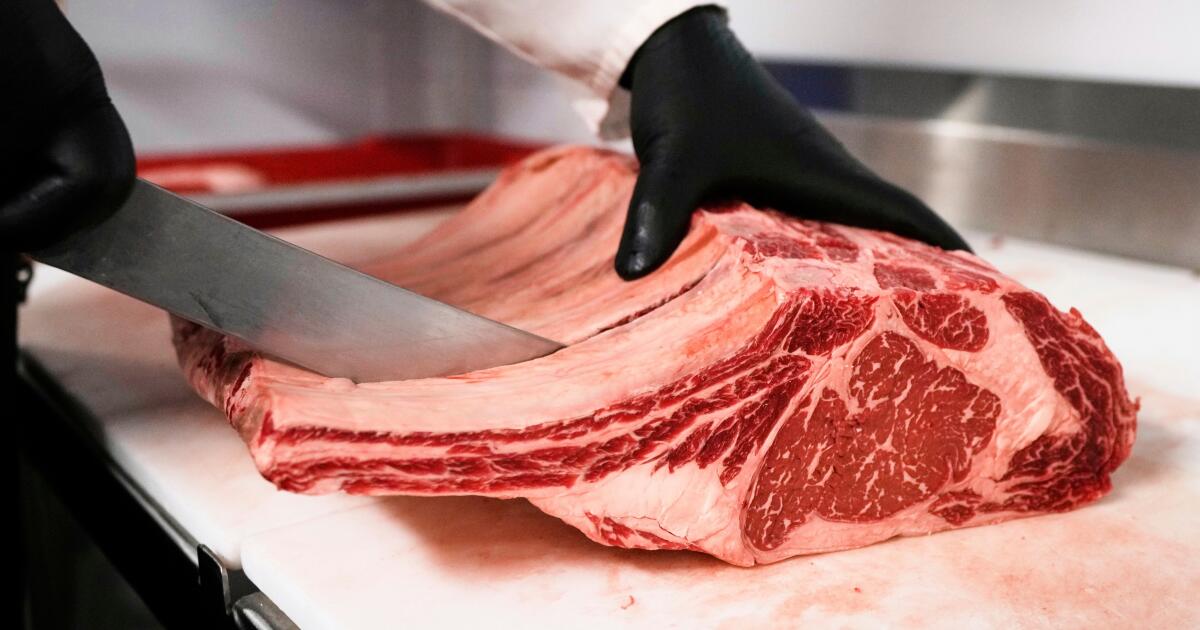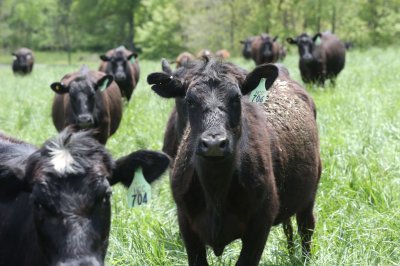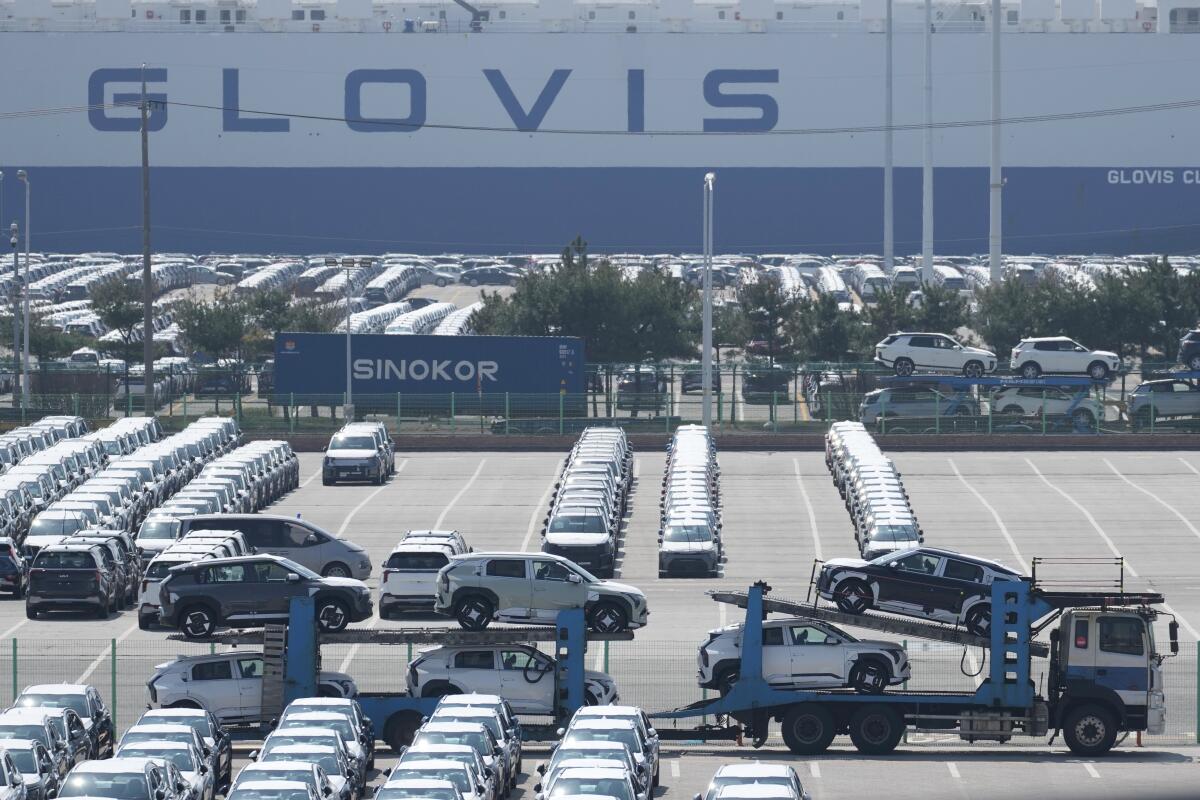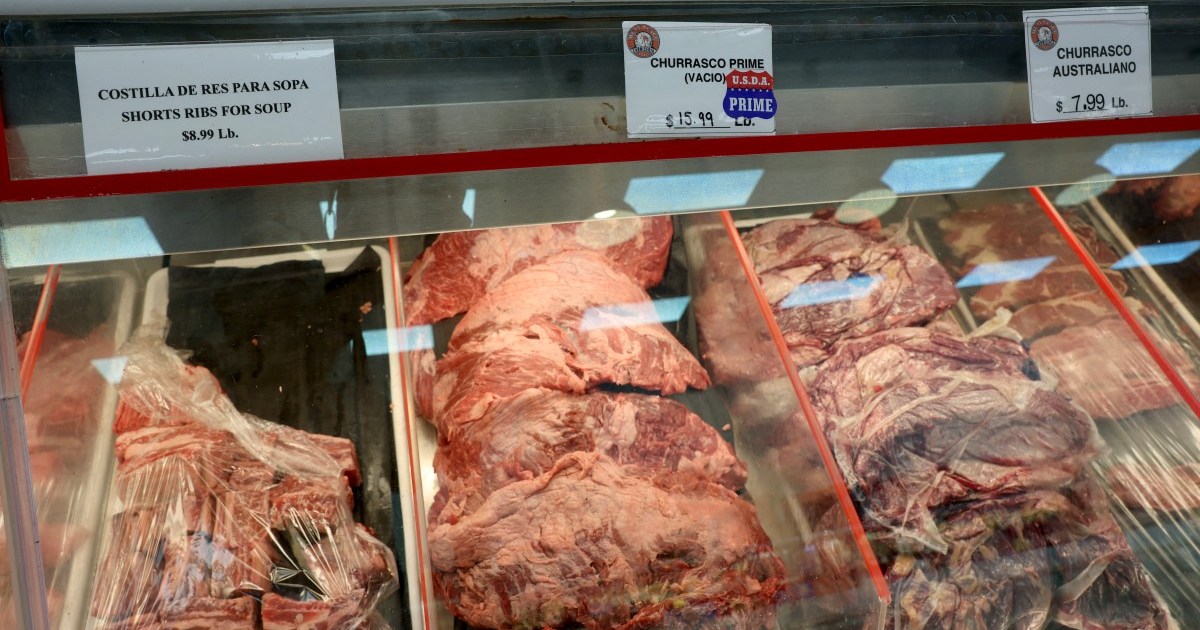Trump wants investigation of meatpacking industry amid beef price rise

Nov. 7 (UPI) — President Donald Trump on Friday wants the U.S. Justice Department to investigate the meatpacking industry for possible price fixing and collusion.
Trump posted about the situation on Truth Social while flying to South Florida for the weekend and after he met in the White House with three Republican senators from beef-producing states, who are opposed to importing beef from Argentina.
“I have asked the DOJ to immediately begin an investigation into the meatpacking companies, who are driving up the price of beef through illicit collusion, price fixing, and price manipulation,” Trump posted.
“We will always protect our American Ranchers, and they are being blamed for what is being done by a majority of foreign-owned meatpackers, who artificially inflate prices and jeopardize the security of our Nation’s food supply.
“Action must be taken immediately to protect consumers, combat Illegal monopolies, and ensure these corporations are not criminally profiting at the expense of the American people. I am asking the DOJ to act expeditiously.”
A short time later, he posted: “Cattle prices have dropped substantially, the price of boxed beef has gone up — therefore, you know that something is ‘fishy.’ We will get to the bottom of it very quickly. If there is criminality, those people responsible will pay a steep price!”
After the messages, Attorney General Pam Bondi posted on X: “Our investigation is underway! My Antitrust Division led by @AAGSlater has taken the lead in partnership with our friend @SecRollins at @USDA.”
Brooke Rollins is the agriculture secretary and Abigail “Gail” Slater leads the DOJ’s Antitrust Division.
The top four meatpackers control more than about 85% of the U.S. market — American companies Tyson and Cargill with JBS and National subsidiaries of Brazilian companies.
“This consolidation allows them to suppress prices paid to ranchers while keeping consumer prices high,” Farm Action said. “Importing more beef into this rigged system will not lower costs for families or restore fair markets for producers.
Three of the companies have been sued.
In October, Cargill and Tyson agreed to pay $87.5 million to settle a case alleging price fixing for beef while also denying any wrongdoing.
Earlier this year, JBS agreed to pay $83.5 million for its portion of a separate suit over alleged cattle price fixing.
Trump was taking aim on meatpacking instead of cattle raising, which has been affected by drought, smaller herds, labor shortages and lingering COVID-19 effects, Axios reported.
Trump has said overall grocery prices are going down but concedes beef costs are rising.
A CNN fact check pointed out in September that they were 1.4% higher than in January, when Trump returned to office, according to the Consumer Price Index.
There was a 0.6% increase in average grocery prices from July 2025 to August 2025, the biggest month-to-month jump in three years
Beef is up 13% in one year — the highest over most food items — according to the CPI.
Trump has attempted to increase the nation’s beef supply with increased imports.
The cattle industry and legislators, including Republicans, have opposed this move.
“President Trump’s plan to buy beef from Argentina is a betrayal of the American rancher,” Farm Action said.
“Those of us who raise cattle have finally started to see what profit looks like after facing years of high input costs and market manipulation by the meatpacking monopoly.
“After crashing the soybean market and gifting Argentina our largest export buyer, he’s now poised to do the same to the cattle market. Importing Argentinian beef would send U.S. cattle prices plummeting -and with the meatpacking industry as consolidated as it is, consumers may not see lower beef prices either. Washington should be focused on fixing our broken cattle market, not rewarding foreign competitors.”
Senate Majority Leader John Thune of South Dakota, opposes the imports.
“This isn’t the way to do it,” Thune told Semafor in October. “It’s created a lot of uncertainty in that market. So I’m hoping that the White House has gotten the message.”
Trump met with some Republican senators from beef-producing states: Sen. Cindy Hyde-Smith of Mississippi, Tim Sheehy of Montana and Markwayne Mullin of Oklahoma.
Hyde-Smith is a Republican from Mississippi whose family raises cattle. She is opposed to the imports.
In October, he announced plans to quadruple the tariff quota for imported Argentine beef from 20,000 to 80,000 metric tons. Any imports above this new quota with no tariff would still be subject to a higher 26.4% tariff.
In October, Trump authorized $20 billion loan to Argentina’s government and another $20 billion in financing from private lenders and sovereign wealth funds. It has been described as a bailout to Argentine President Javier Milei.









